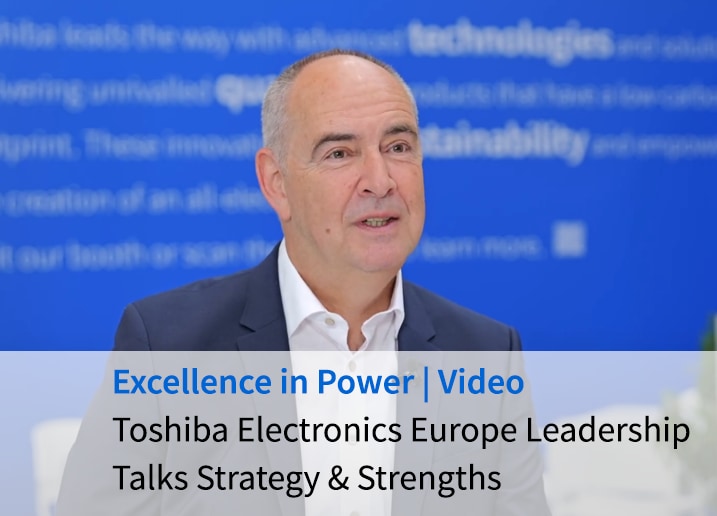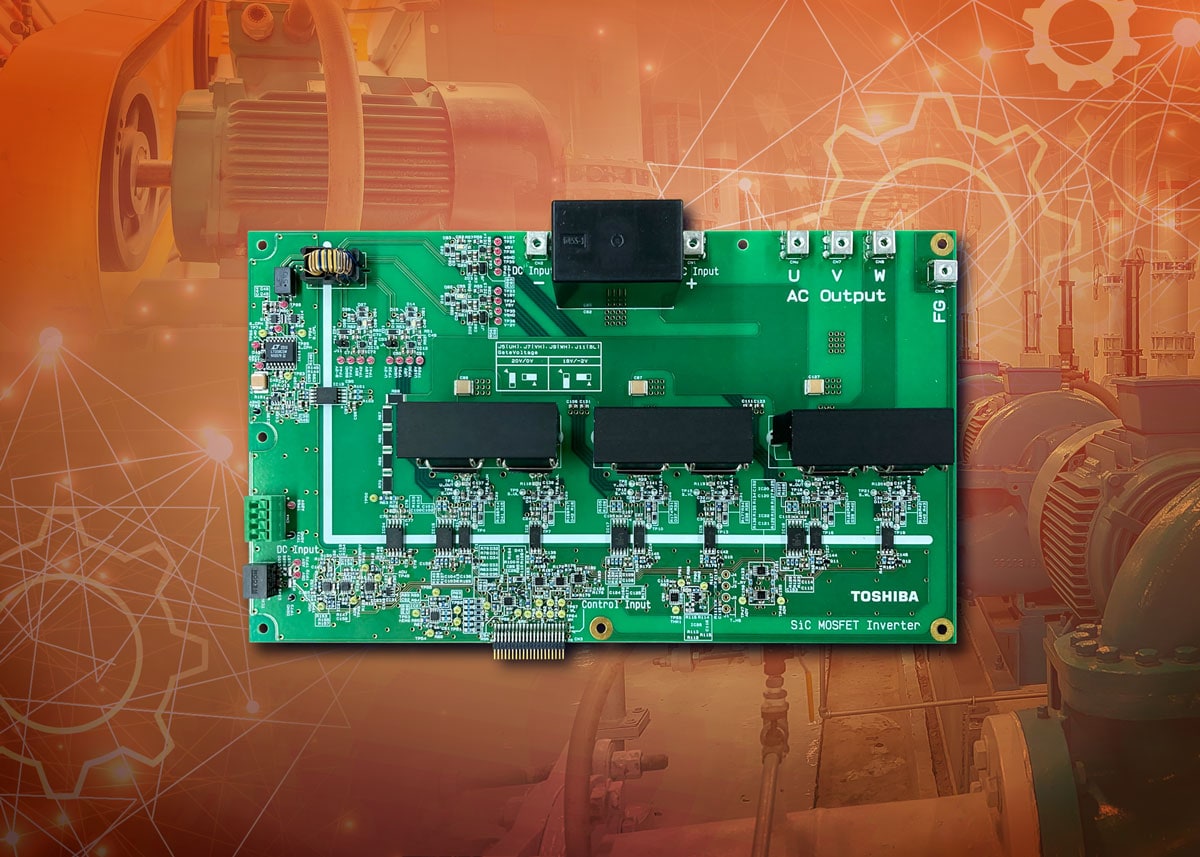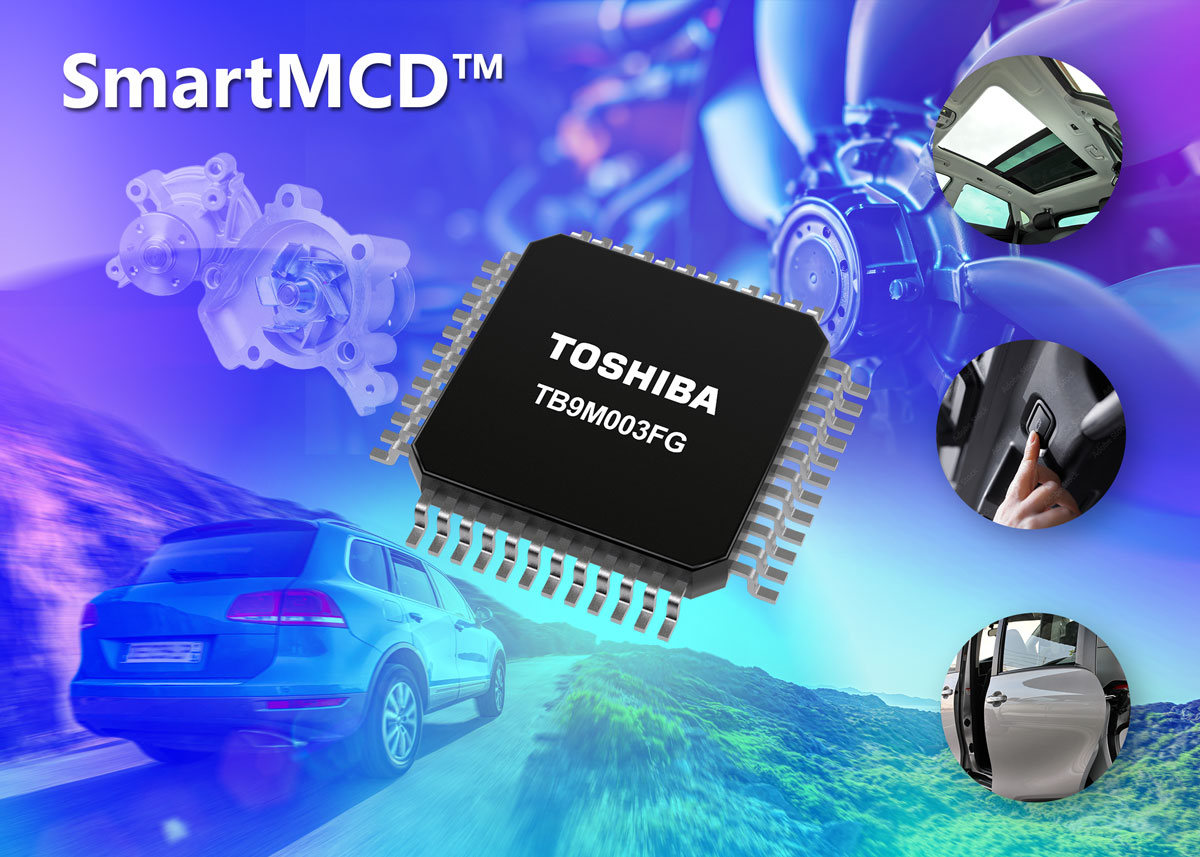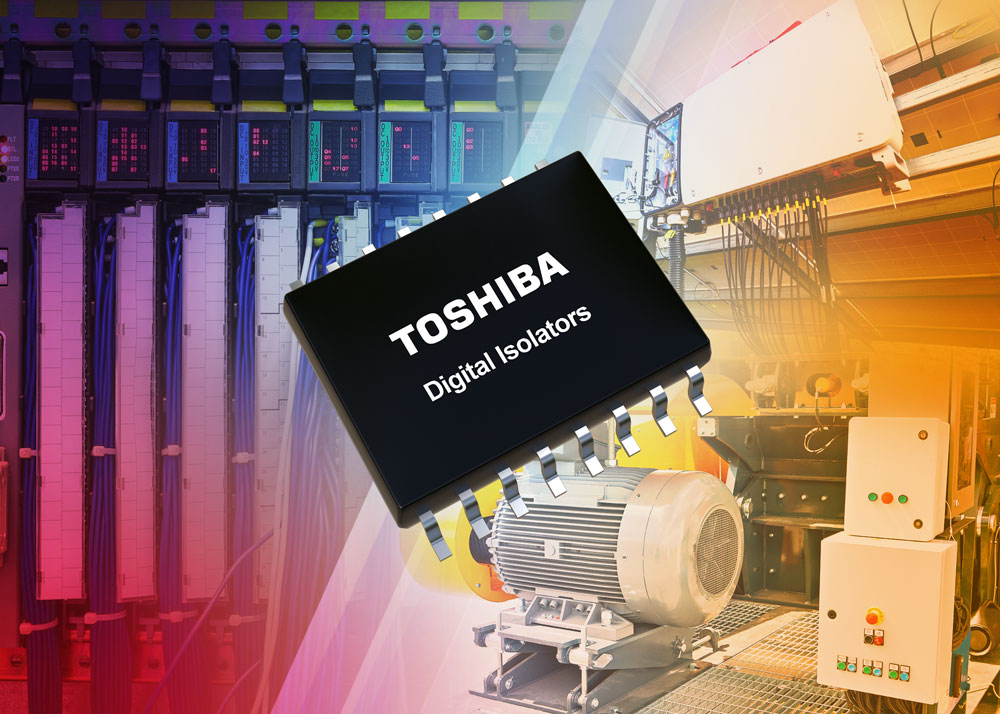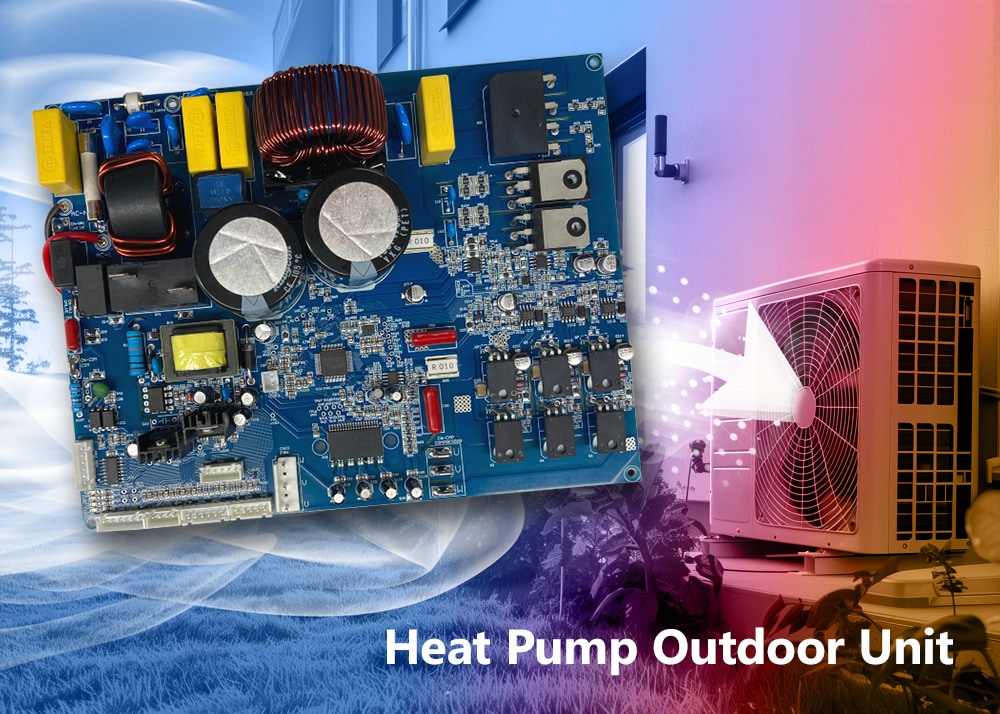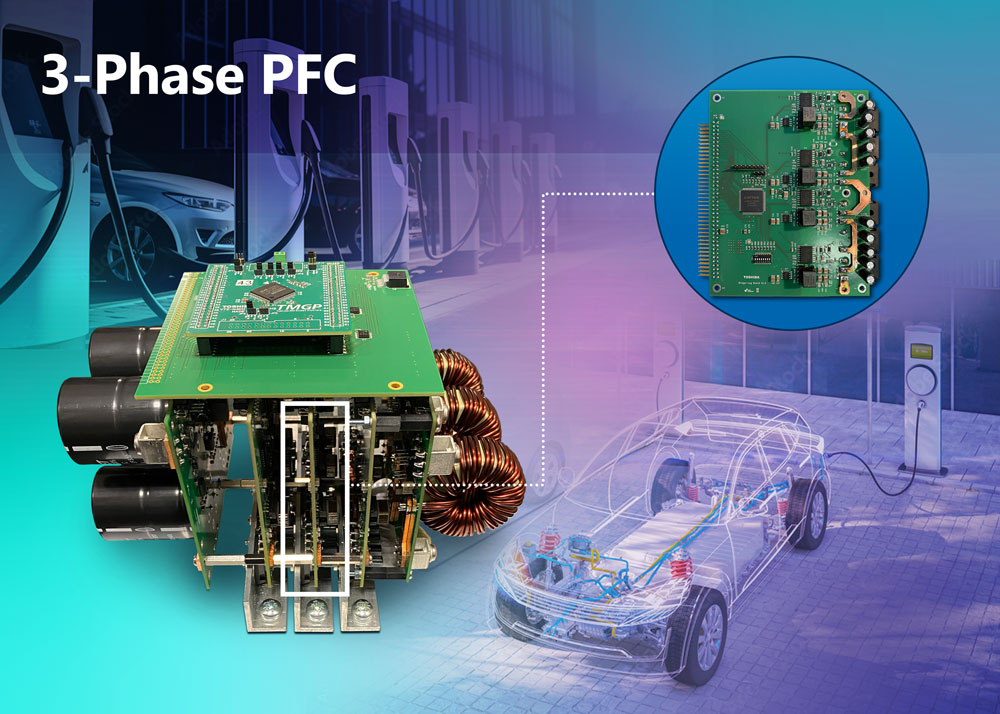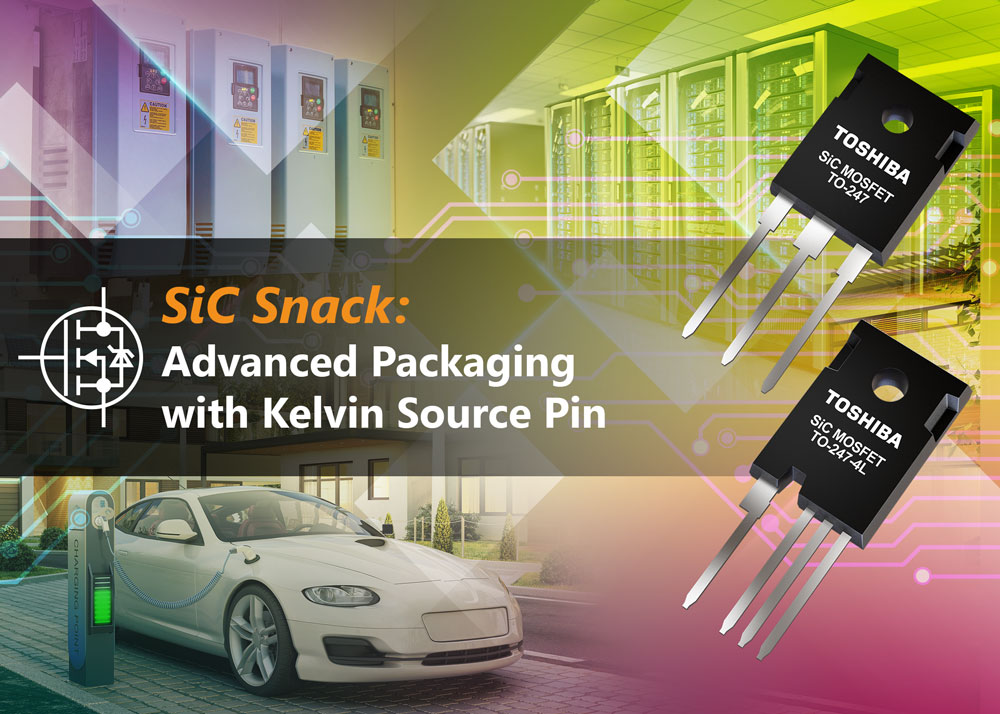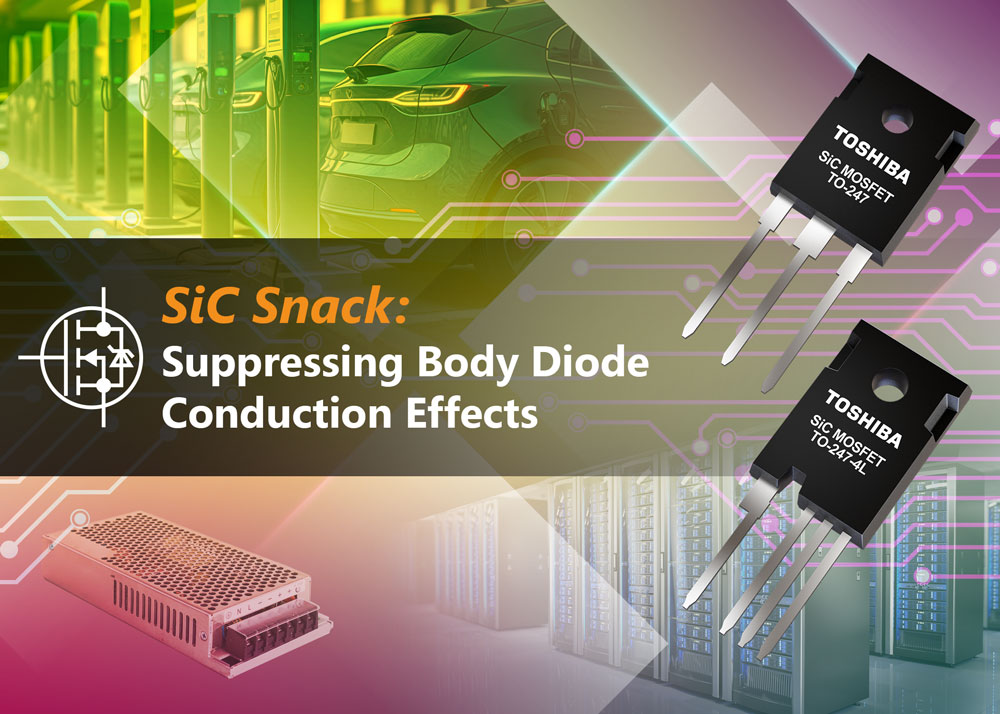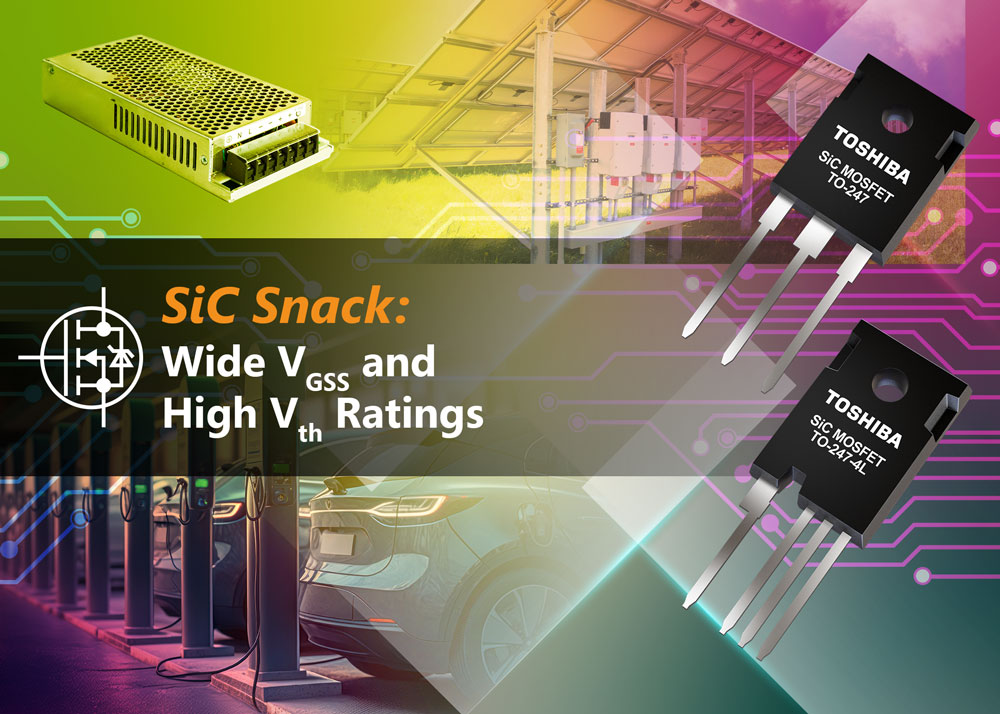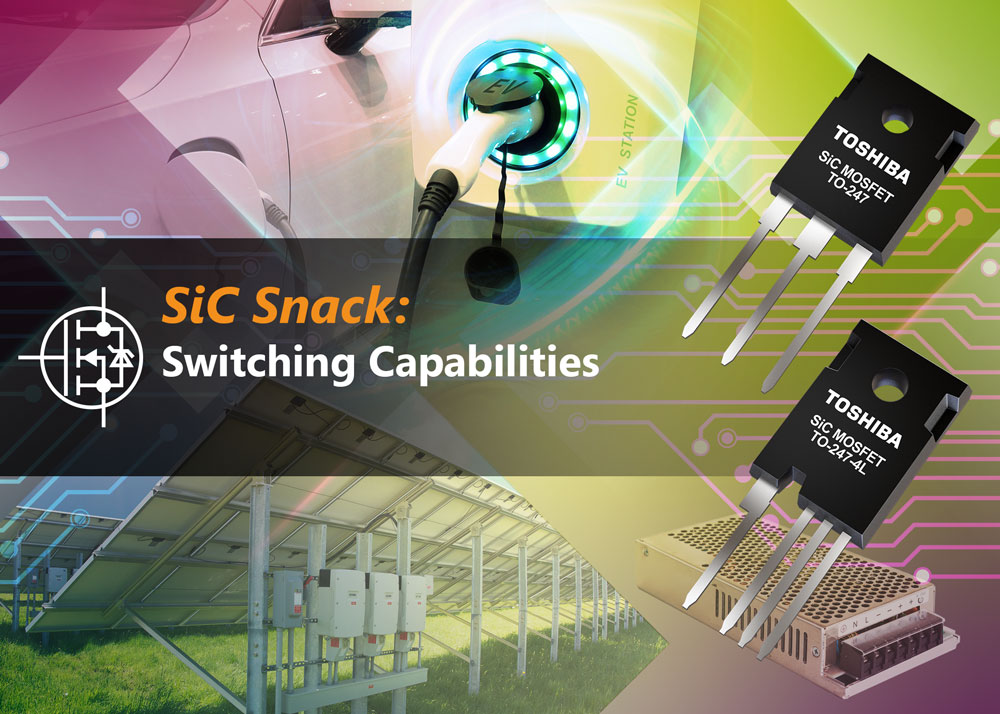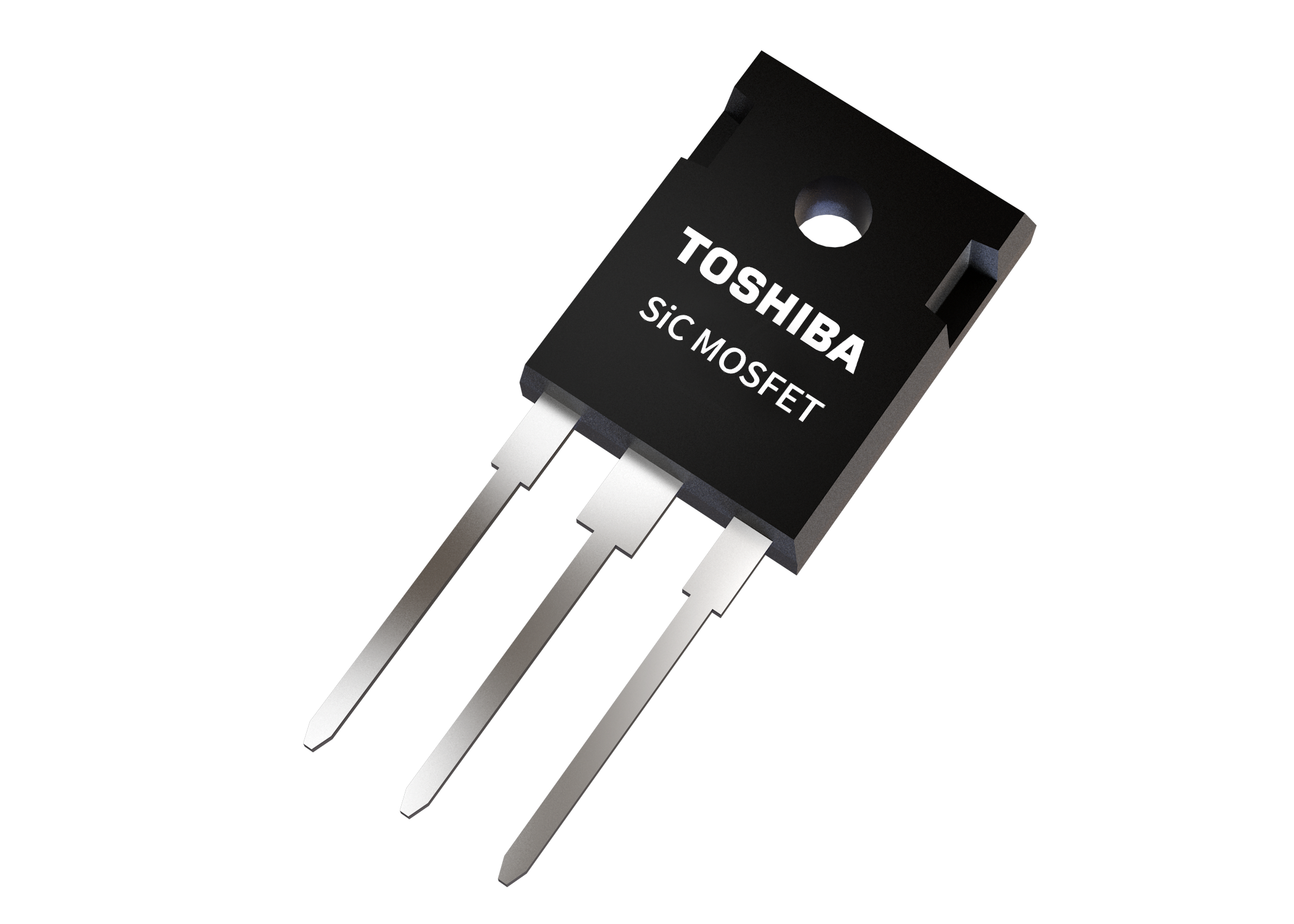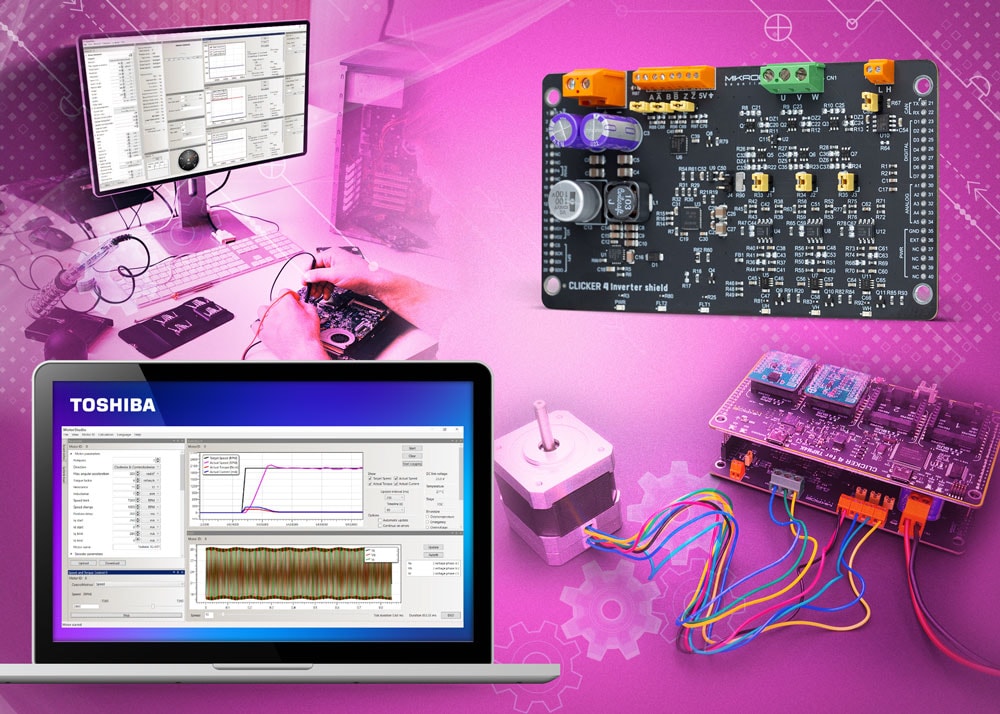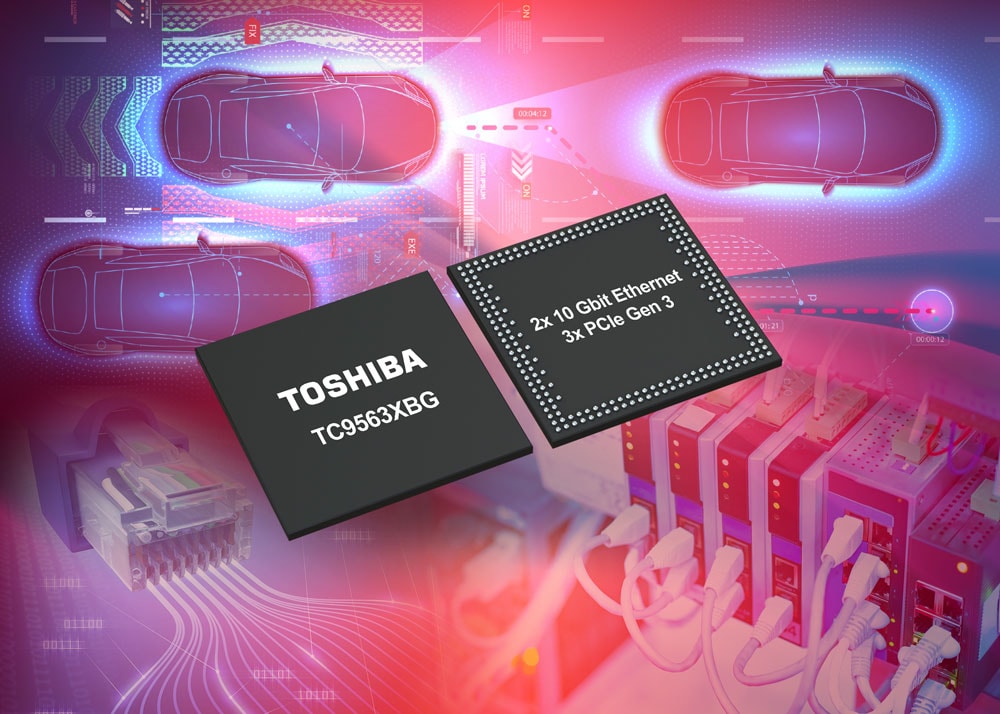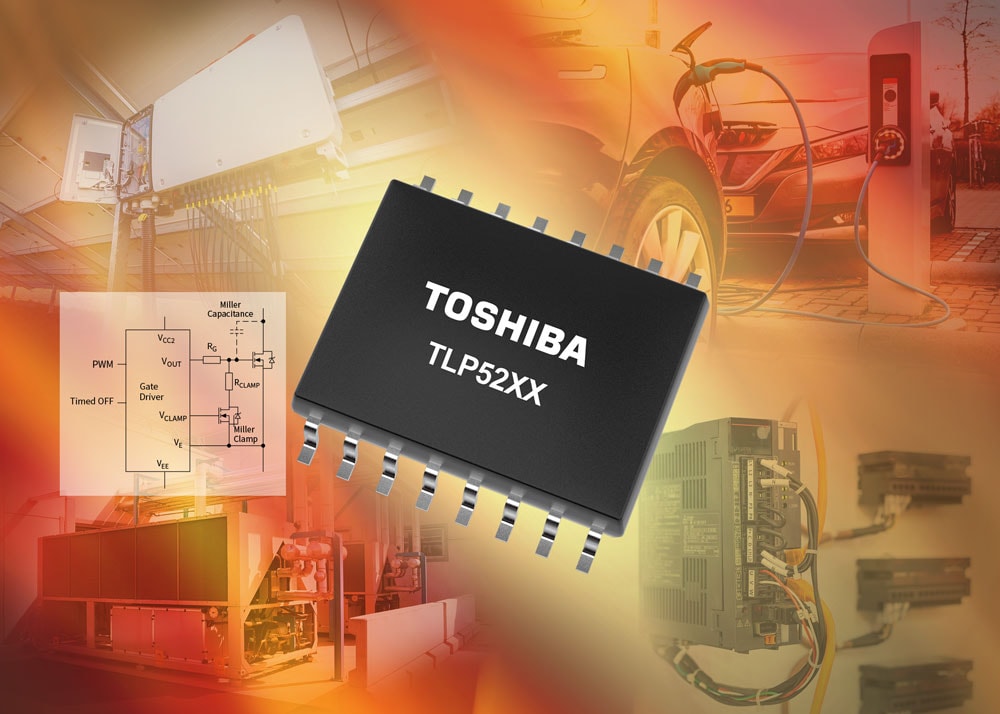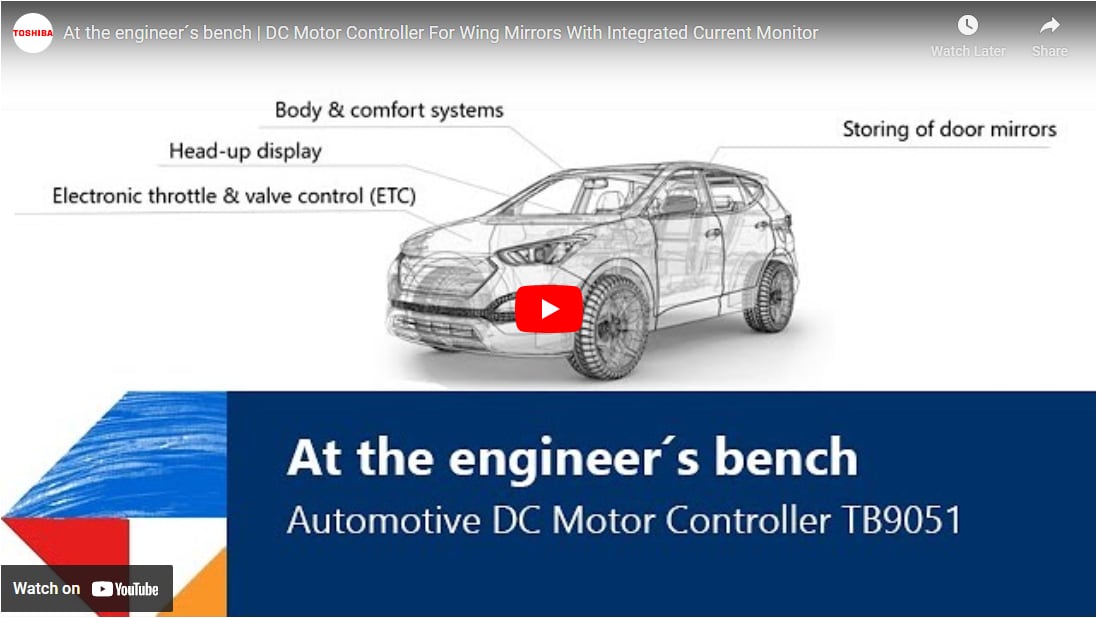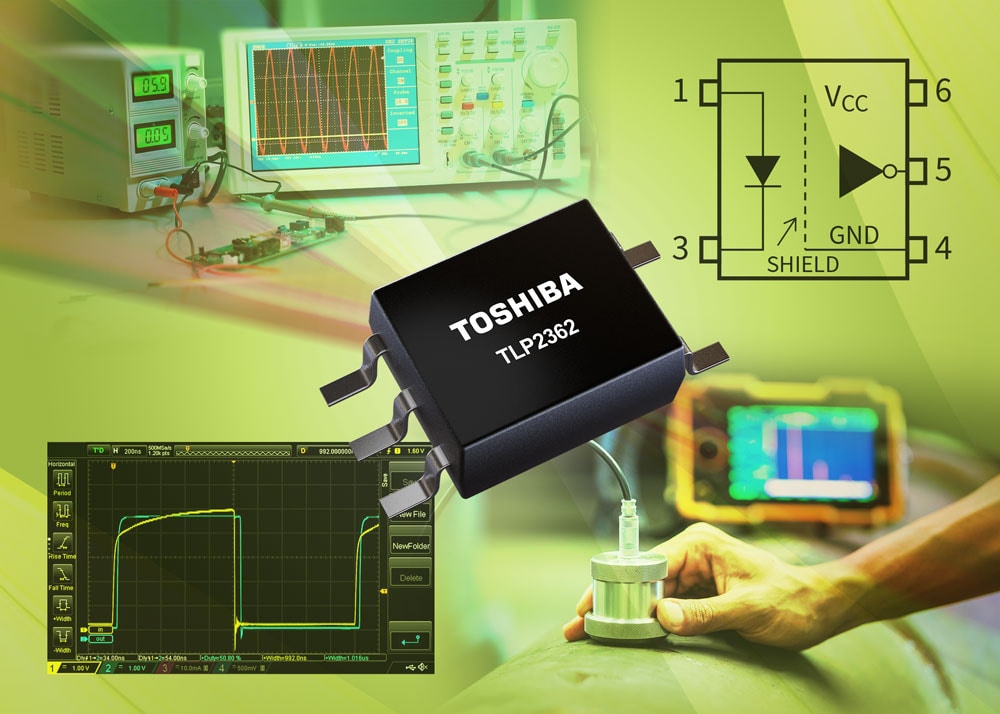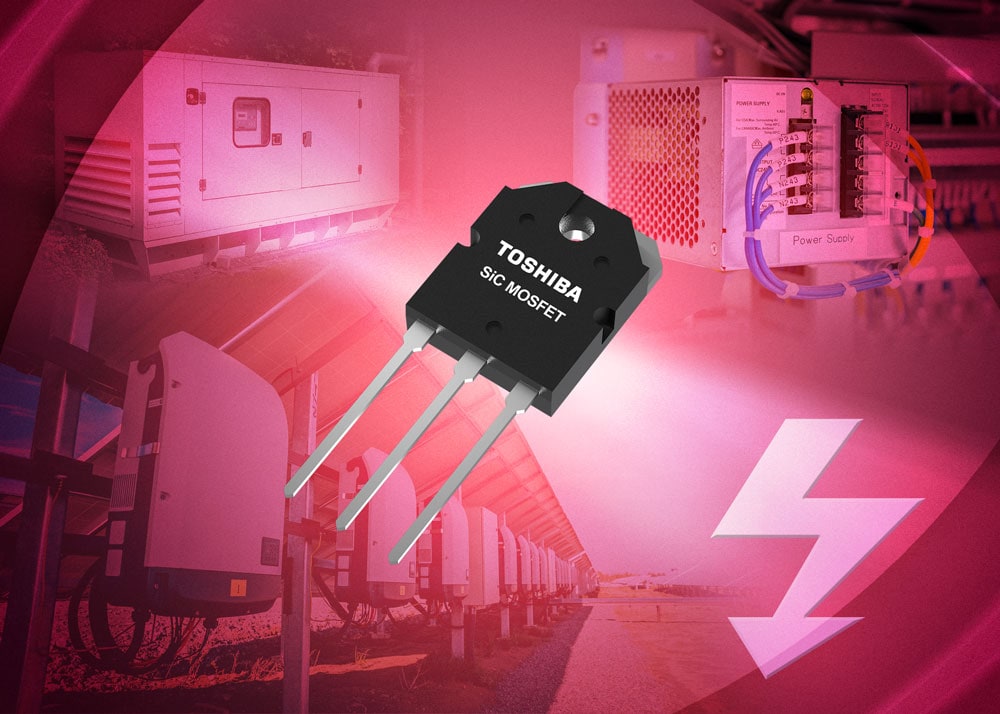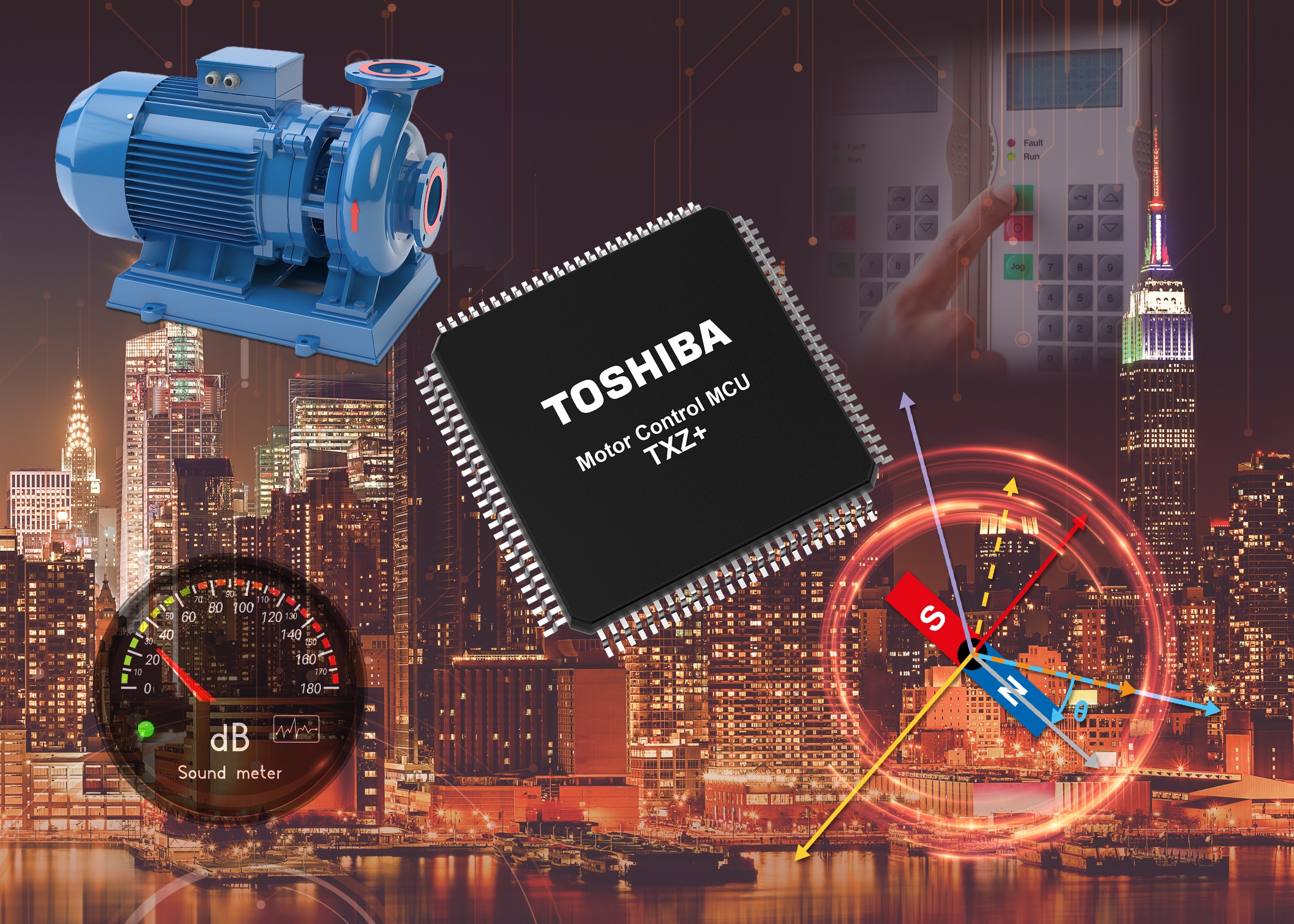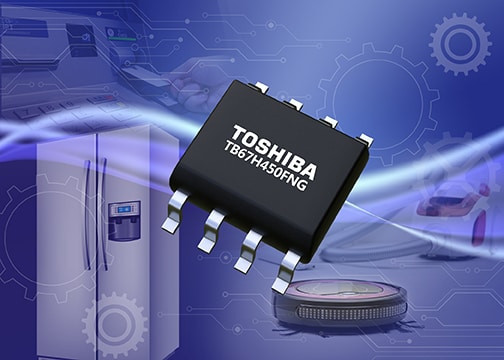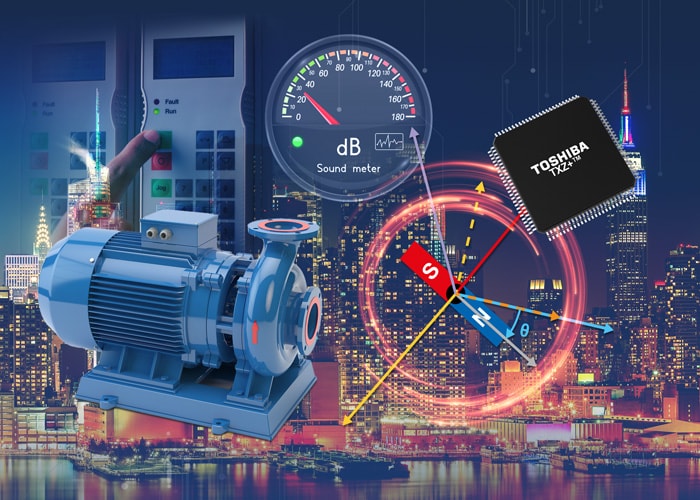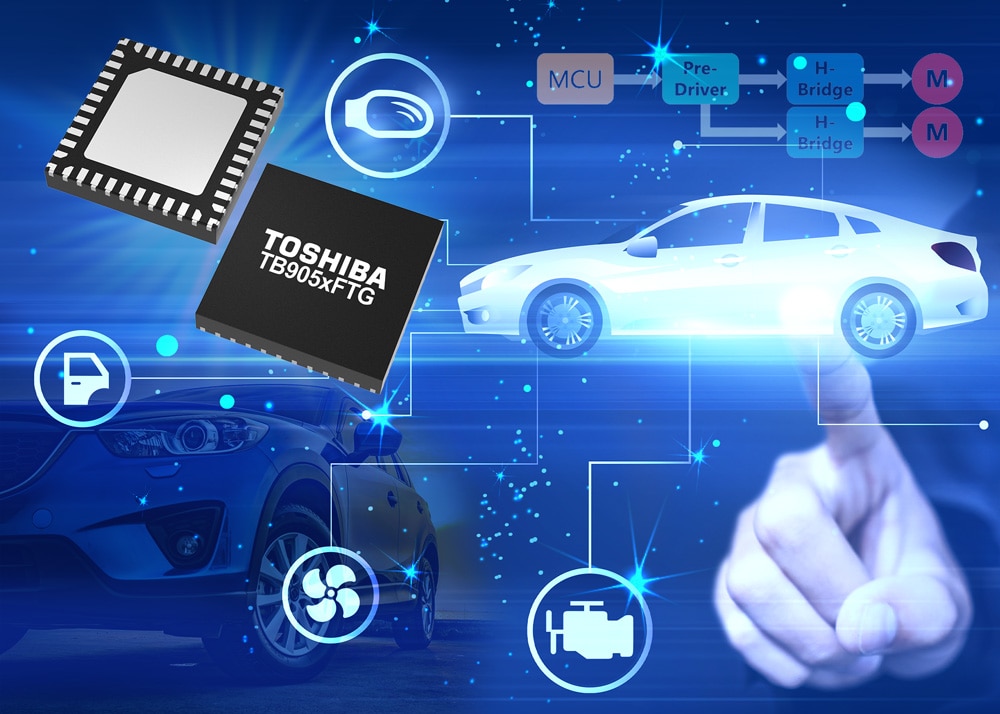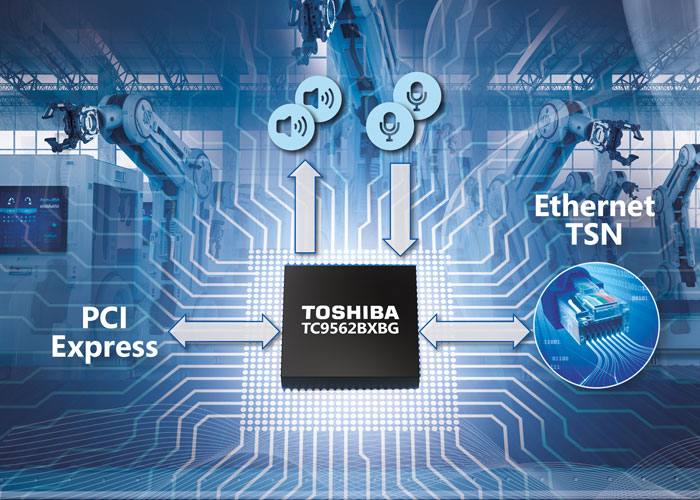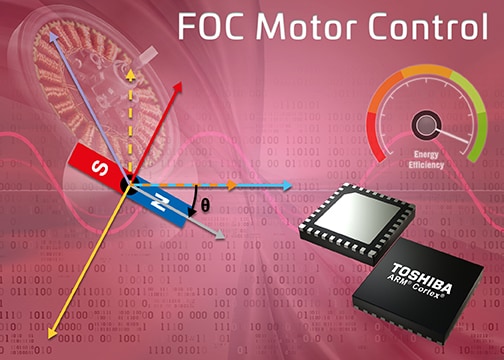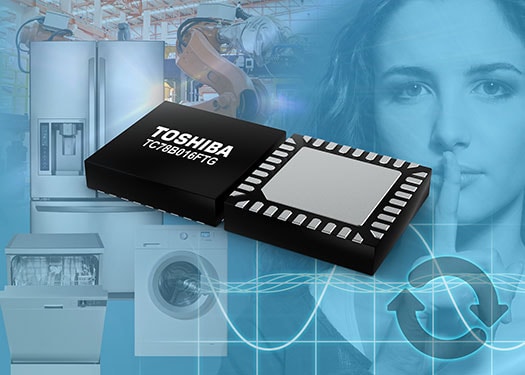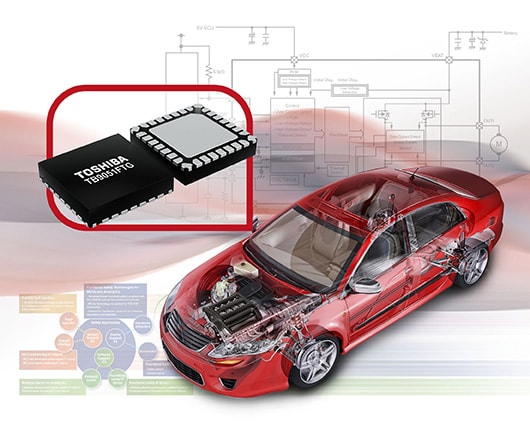- General Top
- SEMICONDUCTOR
- STORAGE
- COMPANY
-
My ToshibaSemicon
- Semiconductor Top
-
ApplicationsAutomotive
Body Electronics
xEV
In-Vehicle Infotainment
Advanced Driver-Assistance Systems (ADAS)
Chassis
IndustrialInfrastructure
BEMS/HEMS
Factory Automation
Commercial Equipment
Consumer/PersonalIoT Equipment
Healthcare
Wearable Device
Mobile
Computer Peripherals
-
ProductsAutomotive Devices
Discrete Semiconductor
Diodes
Transistors
Logic ICs
Analog Devices
Digital Devices
Wireless Devices
※
: Products list (parametric search)
Power SemiconductorsSiC Power Devices
※
: Products list (parametric search)
Isolators/Solid State RelaysPhotocouplers
Digital Isolators
Solid State Relays
Fiber Optic Transmitting Modules
※
: Products list (parametric search)
MOSFETsIGBTs/IEGTsBipolar Transistors※
: Products list (parametric search)
Diodes※
: Products list (parametric search)
MicrocontrollersMotor Driver ICsIntelligent Power ICs※
: Products list (parametric search)
Power Management ICsLinear ICs※
: Products list (parametric search)
General Purpose Logic ICsLinear Image SensorsOther Product ICsOther Product ICs
※
: Products list (parametric search)
-
Design & Development
Design & Development
Innovation Centre
At the Toshiba Innovation Centre we constantly strive to inspire you with our technologies and solutions. Discover how to place us at the heart of your innovations.
-
Knowledge
Knowledge
Highlighted Topics
Further Materials
Other
- Where To Buy
- Part Number & Keyword Search
- Cross Reference Search
- Parametric Search
- Stock Check & Purchase
This webpage doesn't work with Internet Explorer. Please use the latest version of Google Chrome, Microsoft Edge, Mozilla Firefox or Safari.
require 3 characters or more. Search for multiple part numbers fromhere.
The information presented in this cross reference is based on TOSHIBA's selection criteria and should be treated as a suggestion only. Please carefully review the latest versions of all relevant information on the TOSHIBA products, including without limitation data sheets and validate all operating parameters of the TOSHIBA products to ensure that the suggested TOSHIBA products are truly compatible with your design and application.Please note that this cross reference is based on TOSHIBA's estimate of compatibility with other manufacturers' products, based on other manufacturers' published data, at the time the data was collected.TOSHIBA is not responsible for any incorrect or incomplete information. Information is subject to change at any time without notice.
require 3 characters or more.
Stepper, DC or BLDC – There’s a Solution for Every Application
Controlling motors is probably one of the first more advanced output-type applications, once they’ve mastered controlling LEDs, that most engineers tackle when learning to program microcontrollers. DC motors allow an introduction to speed control using a pulse-width modulated (PWM) output, along with directional control too. Stepper motors introduce control concepts that provide precise angular rotation, while driving brushless DC motors (BLDC) can range from the simple to using algorithms based upon advanced mathematics.
To guide design engineers to the appropriate solution for their application, Toshiba has prepared a webinar that provides an insight into the latest technology innovations and products around these three major motor types. For example, H-bridges for DC motors are available that utilize the latest BiCD process technology. This ensures, thanks to the low on-resistance of the in-built MOSFETs, that as little energy is lost as possible during operating. BLDC motors, such as those used in low-torque applications like fans, can benefit from Intelligent Phase Control. This makes sure that the commutation point is continually adjusted to its optimum value, reducing energy consumption. Finally, by continuously adjusting the gain when controlling stepper motors, torque can be maintained to hold the rotor in place but without delivering unnecessarily large amounts of power.
Regardless of the type of motor control application you are working on, our webinar provides insights into the latest technological advances to improve your design. Find out more by taking a look at our webinar available below.


